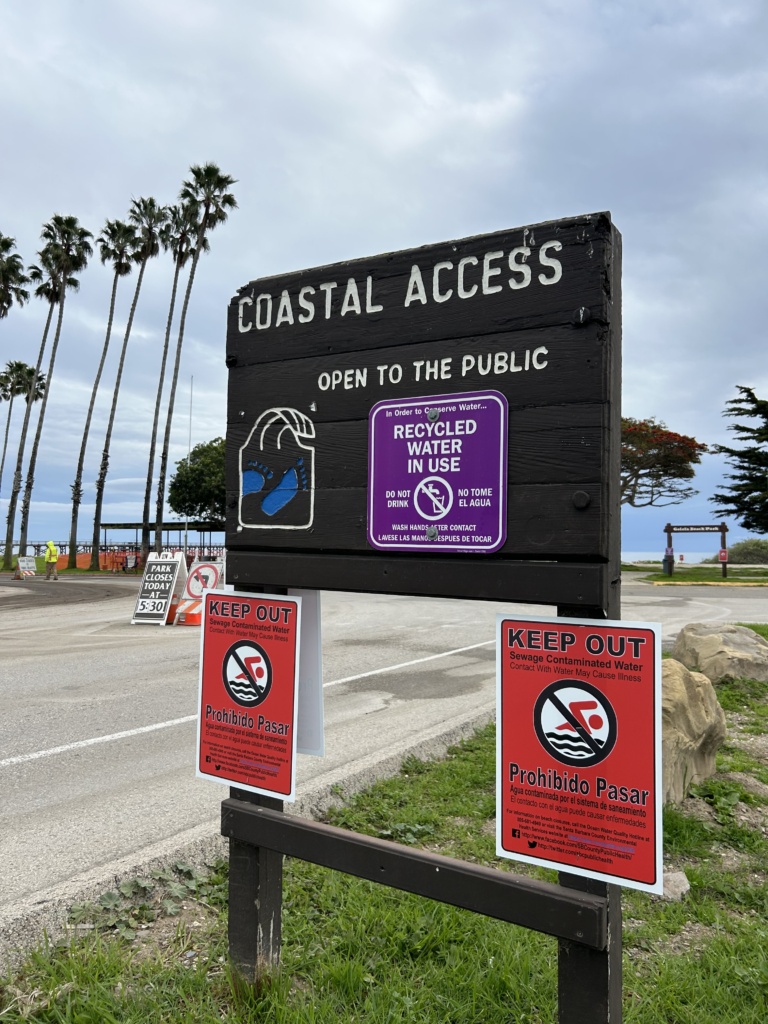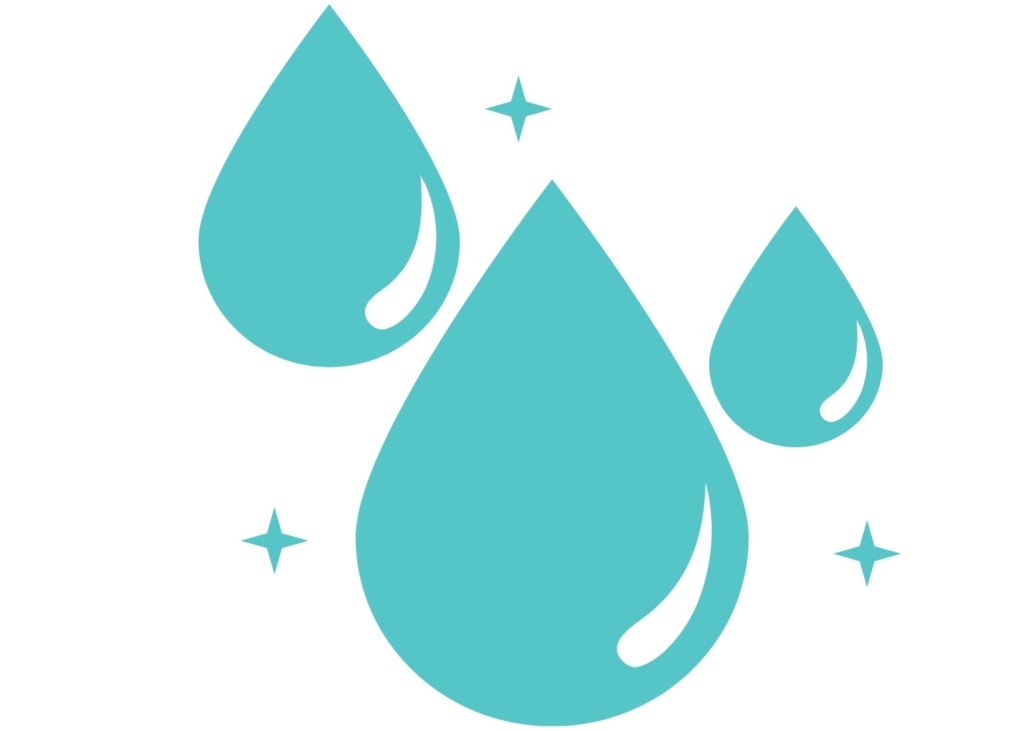On September 30, 2024, in a major victory for ocean advocates and coastal communities, the U.S. District Court for the Western District of Washington ruled that the U.S. Army Corps of Engineers violated several key environmental laws when it issued Nationwide Permit 56 (NWP 56) in January of 2021. The court found that the Corps violated the National Environmental Policy Act (NEPA), the Rivers and Harbors Act, and the Administrative Procedures Act by failing to properly assess the impacts of industrial fish farms on marine life, water quality, and habitat.
Santa Barbara Channelkeeper was proud to be one of the plaintiffs in this case, joining forces in 2023 with the Quinault Indian Nation, and nonprofits such as LA Waterkeeper, San Diego Coastkeeper, Don’t Cage Our Oceans Coalition, fishing organizations, and others. Together, we challenged the threat posed by unregulated offshore aquaculture in our shared ocean waters—and the courts ruled in our favor.
“This is a vital victory for the future of our oceans,” said George Kimbrell, legal director for the Center for Food Safety and council for the plaintiffs. “The Court’s decision makes clear that federal regulators cannot ignore the significant risks posed by industrial aquaculture and must rigorously analyze them before moving forward.”
Background and Significance
NWP 56 permitted large-scale fish farming structures in federal waters off the coasts of Alaska, California, Washington, Florida, Texas, Georgia, North Carolina, New York, New Jersey, Hawaii, and Virginia. These industrial aquaculture operations, which involve placing net pens and cages in open ocean waters, have been criticized for threatening marine ecosystems, traditional fishing economies, and Tribal Nations’ food security. Despite the U.S. Army Corps of Engineers’ own acknowledgment of the adverse impacts on wildlife and water quality, the agency unlawfully failed to adequately assess these risks when approving the permit.
In its ruling, the court specifically called out the Corps’ failure to connect the “multiple acknowledged adverse impacts” with its conclusion that these impacts would be minimal. The court held that this lack of a “logical bridge” between the risks and the agency’s decision rendered the permit unlawful.
Impacts of Open-Ocean Finfish Aquaculture
Open-ocean finfish aquaculture has been linked to a range of environmental issues, including water pollution, disease transmission, genetic contamination, and habitat degradation. They can also create navigational hazards. Net pens used in aquaculture can severely disrupt delicate ecosystems. These structures can smother benthic habitats and threaten biodiversity. For example, fish farms in the Baltic Sea have degraded local environments, with waste and uneaten feed accumulating on the seafloor, leading to oxygen depletion and loss of species (Hedberg et al., 2018). Around these farms, nutrient levels can spike by up to 500%, contributing to harmful algal blooms and the formation of dead zones (Skarbøvik et al., 2022).
Escaped farmed fish also pose a serious threat to wild populations. In Norway, genetic diversity in wild salmon populations has been reduced by 20% due to interbreeding with escaped farmed fish (Glover et al., 2019). These environmental risks underscore the critical need for strong safeguards to prevent the unchecked expansion of open-ocean finfish aquaculture and ensure the protection of the marine environment.
The legal ruling on NWP 56 marks a significant victory in the effort to protect marine ecosystems, helping to safeguard sensitive habitats from the many negative impacts associated with large-scale aquaculture operations. The court will next decide on a remedy for the unlawful permit.
Looking Ahead in the Santa Barbara Channel
Federal agencies, led by the National Oceanic and Atmospheric Administration, are pushing for the expansion of aquaculture, including a proposal to establish an “Aquaculture Opportunity Area” in the Santa Barbara Channel. While certain forms of aquaculture such as shellfish and seaweed farming may offer environmental benefits, finfish farming poses serious risks. These operations can impair water quality, spread diseases, lead to the escape of farmed fish into natural ecosystems, and significantly reduce important smaller fish populations used as feed.
Channelkeeper has been closely monitoring these developments, advocating for thorough environmental assessments before any aquaculture projects are approved. Channelkeeper is calling for a robust regulatory framework that includes continuous monitoring and strong protections for the marine environment, ensuring that projects do not harm water quality, marine life, or local fishing communities.
Opportunities for the public to provide comments are likely to occur soon. We will keep you posted.
References:
Glover, K. A., Pertoldi, C., Besnier, F., Wennevik, V., Kent, M., & Skaala, Ø. (2019). Atlantic salmon populations invaded by farmed escapees: Quantifying genetic introgression and consequences for local adaptation. Evolutionary Applications, 12(5), 919-930.
Hedberg, N., Kautsky, N., Kumblad, L., Wikström, S. A., & Elwing, H. (2018). Environmental risks associated with offshore fish farming: A Baltic Sea case study. Ambio, 47(3), 387 -396.
Skarbøvik, E., Sample, J. E., & Skogen, M. D. (2022). Impacts of nutrient pollution from aquaculture on coastal water quality. Environmental Science & Technology, 56(4), 2047 -2055.

